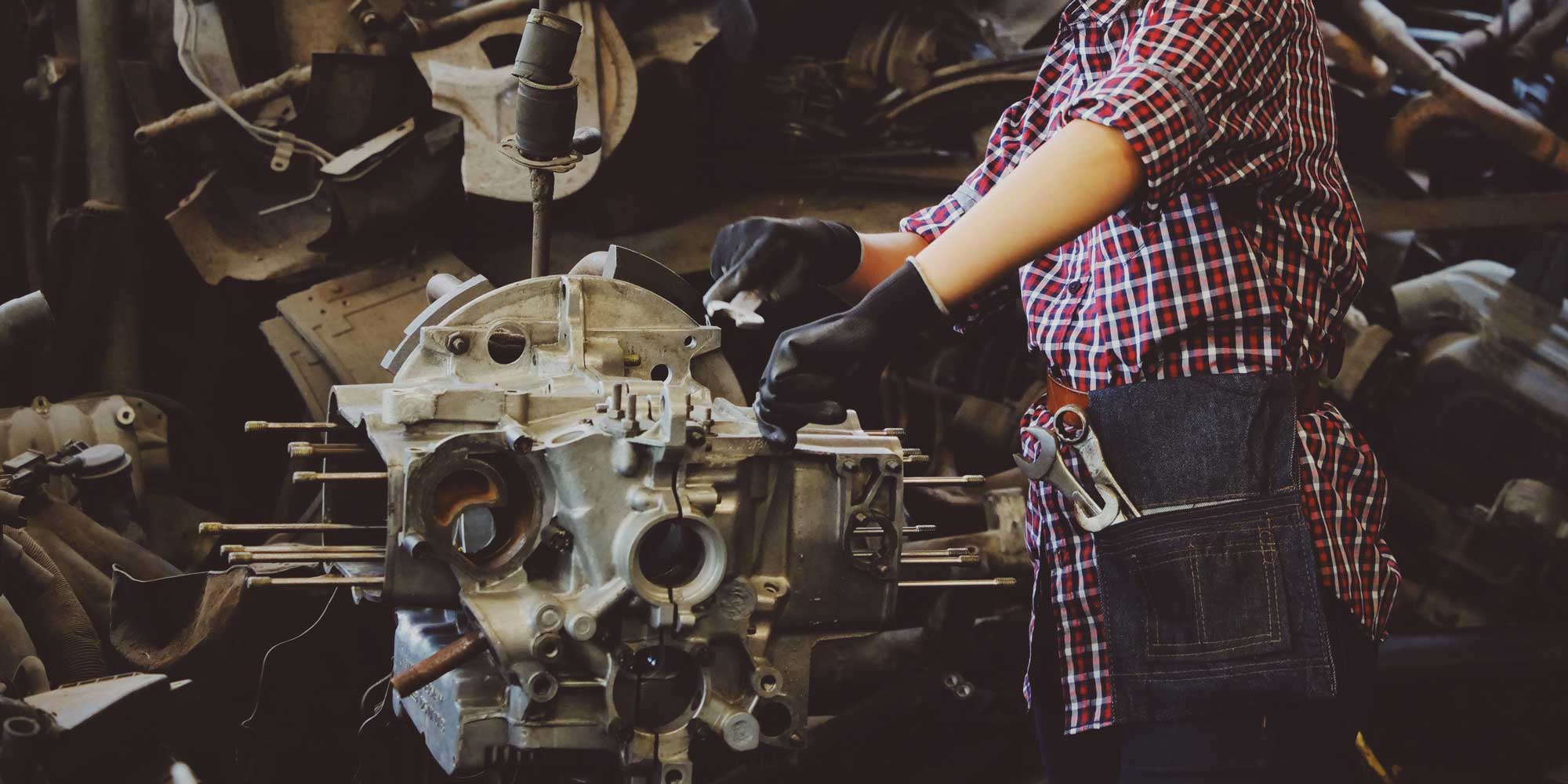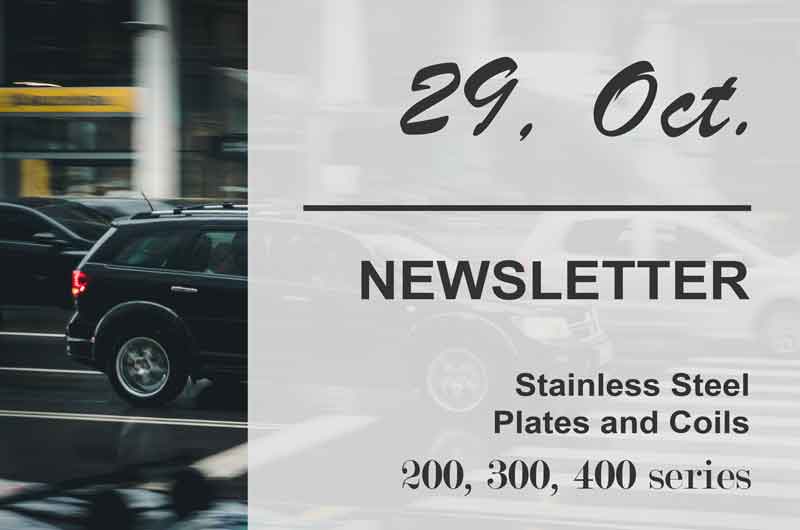Overview
Cold rolling process involves using hot-rolled steel coil as raw material, removing its oxide skin by pickling, followed by tandem cold rolling. The finished product is rolled hard roll. Due to continuous cold deformation, the cold work hardening increases the strength and hardness of the rolled hard roll while decreasing its plastic index and toughness, hence the stamping performance is deteriorated, only applicable to parts of simple deformation. Rolled hard rolls can be used as raw materials for hot-dip galvanizing plants because the hot-dip galvanizing units are all equipped with annealing lines.

Cold Rolling Characteristics
Without being annealed, the steel features high hardness (HRB is greater than 90) with extremely poor workability, only applicable to simple directional bending less than 90 degrees (perpendicular to the winding direction). Only through annealing can it restore the mechanical properties. In short, cold rolling is processed and rolled on the basis of hot rolled coils. Although the steel sheet is also heated because of rolling during the processing, it is called cold rolling. Generally, the cold rolling process follows like this: hot rolling → pickling → cold rolling.
Advantages and Disadvantages of Cold Rolling
Advantages
Cold rolling features fast forming speed and high output, free from coating damage. With cold rolling, various cross-section forms can be made to cater for requirements of different use conditions; cold rolling can cause large steel plastic deformation, increasing the steel yield point.
Disadvantage
- (1) Although there is no hot plastic compression in the forming process, residual stress still exists in the section, inevitably affecting the steel overall and local bending properties.
- (2) The cold-rolled steel profile is generally open section, so the free torsional stiffness of the section is low. It is easy to twist when bent and is prone to bending and torsion buckling when subjected to press, with poor torsion resistance.
- (3) The cold-rolled steel features thin wall thickness. In addition, there is no thickening measures done at the corners where the plates are joined. Hence, the ability to withstand localized concentrated loads is weak.
The Difference between Cold Rolling and Hot Rolling
- 1) Cold-rolled steel allows for partial buckling of the section, so that the bearing capacity of the bar after buckling can be fully utilized; while the hot-rolled steel does not allow for local buckling of the section.
- 2) The causes of residual stresses in hot-rolled and cold-rolled steels are different, so the stress distribution on the cross-section is also very different. The residual stress distribution on the section of the cold-formed thin-walled steel is curved, while the residual stress distribution on the section of the hot-striped steel or welded steel is of thin film type.
- 3) Since hot-rolled steel features higher free torsional stiffness than cold-rolled steel, its torsional performance is superior to that of cold-rolled steel.
Related
- Introduction of Hot Rolling Process
- What is Metal Rolling (Steel Rolling)? What is the Purpose of It?
Contact
CIVMATS Co., Ltd. produces high-value stainless steel and nickel alloy raw materials. If you want to know more about stainless steel & nickel alloy, please keep following us. Any requirements or questions about nickel alloy, call CIVMATS!
- Company: CIVMATS CO., LIMITED
- Phone: 86-519-81809659
- Fax: 86-519-81809959
- Email: sales@civmats.com
- Address: 10th Floor, Xin Cheng Nan Du, Wujin District, Jiangsu, China
- Website: www.civmats.com

